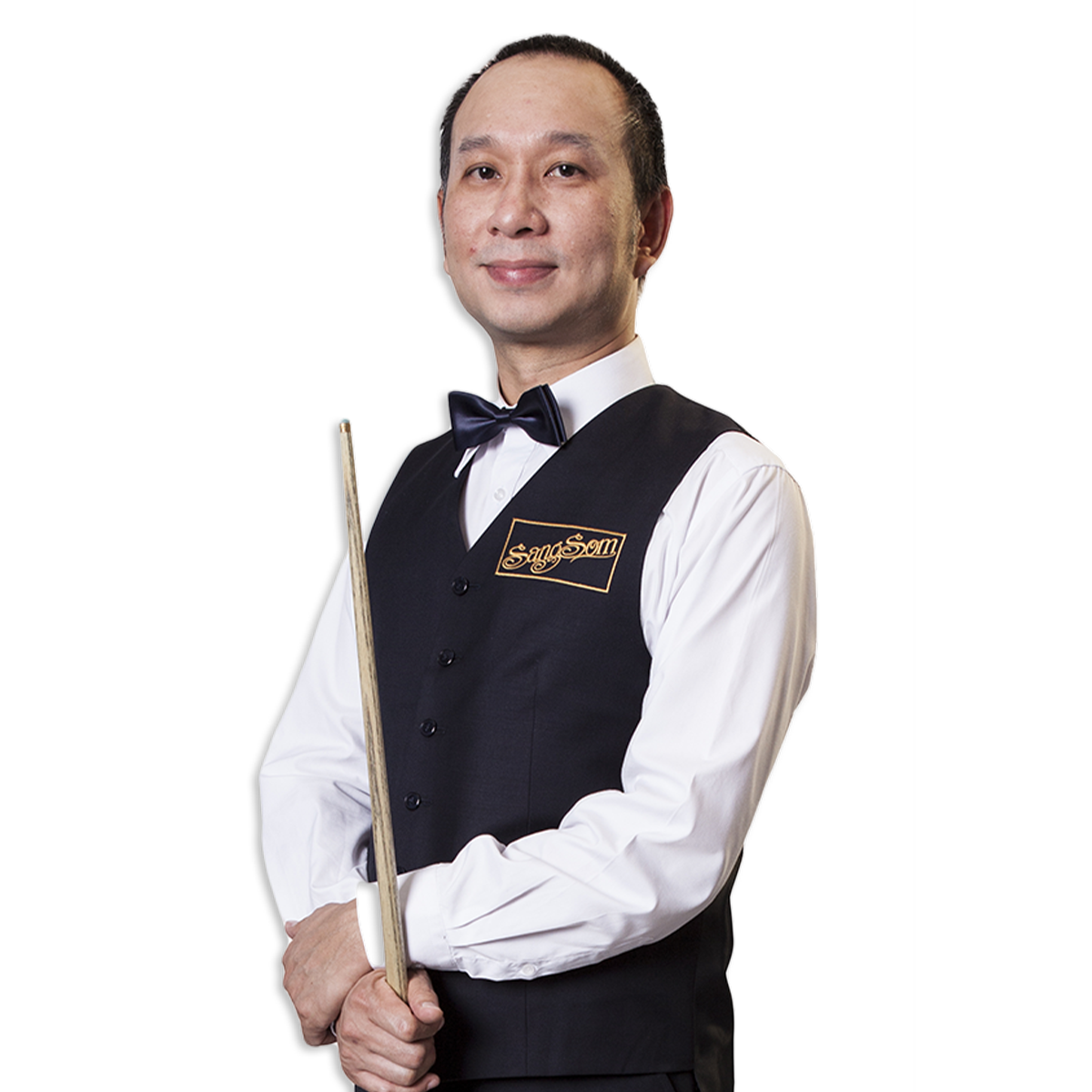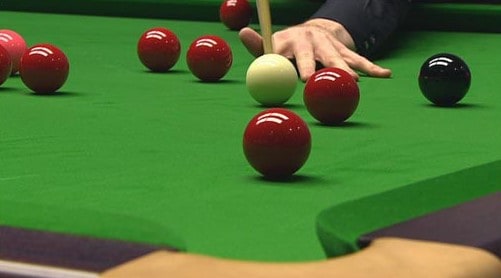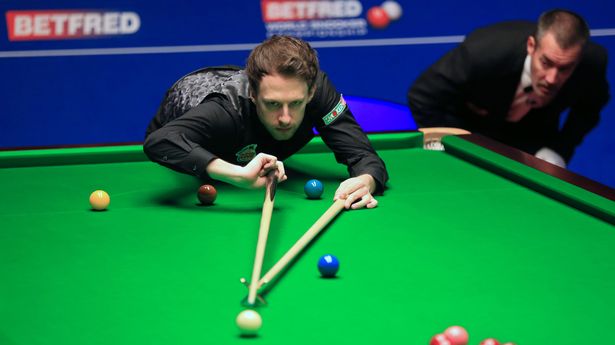
Pool tables are made of a variety of parts. The table has a multi-layered table top that is coated with billiard cloth. Some people prefer different colors of cloth to be on their pool tables. This allows for a more personal experience. It also ensures that the playing surface is smooth.
The first part of a pool table is the slate. Slate is a heavy milled rock that is used as the surface of the table. Most pools tables are made of either 1" or 3/4" slate. If you are in the market for a new table, you may want to check for the correct size.
Another important component of the pool table is its rails. Rails can be made of either synthetic materials or natural gum. They attach to the slate and provide support for the table. Sometimes, the rail can be made from solid wood. Other materials include fibreboard and plywood.
Cushions protect rails and prevent them getting damaged. Cushions can be made from vulcanized rubber, cloth or both. These cushions can be interchangeable with rails.

The toprail is a shorter rail attached to the top end of the table. Side rails run along the length and width of the pool table. Cross beams can also be added for strength. A transitionplate is installed between rails and slate. Using a transition plate helps make the table stronger.
The table's foot is where the bottom rail is. Rail apron, a horizontal timber used to support the rails, is located at the foot of your table. Bed shelf is another support. Both of these are made from solid pieces of wood. Post legs can be considered perfect legs.
Corner pockets are holes in the corners of the table. Corner pocket opening angles are 142deg (+- 1%). The minimum opening distance for the corner pockets is 4 7/8inches and the maximum is 5 1/8inches.
The horizontal line that runs horizontally across the middle of the table is the head string. Generally, the second diamond on the side pockets is used as the starting point of the head string. The cloth can be drawn on by a player to mark the beginning of the string.
The foot spot lies at the bottom of the table. When a shooter breaks from the ball, the foot spot is the place the ball will land. It is also the location of the nameplate.

Be sure to inspect the slate thickness when you purchase a new pooltable. The slate should be 1" thick. Many dealers sell tables that have 7/8" slate. They are cheaper, but they do not offer the same accuracy as a 1" slate.
Your pool table cloth is an important part. Modern billiard cloth is usually made of a blend of natural wool and synthetic nylon. Billiard felt is also part of the cloth. While some players prefer a different color of cloth, it should be smooth and durable. You should brush the cloth at least once a month to maintain its quality.